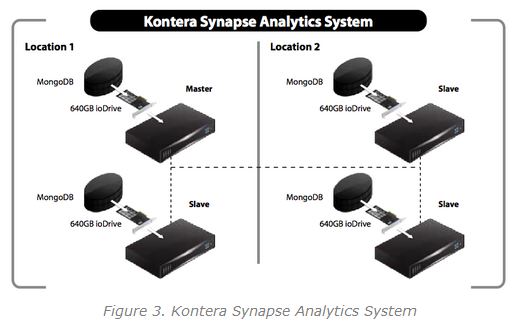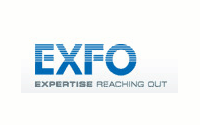The Google I/O event in San Francisco drew a capacity crowd of app developers as the company updated its Android road map and rollout two key products.
Some highlights:
Google announced several Android milestones -- 400 million devices have been activated so far and there are now 1 million new activations per day.
The Google Play store is of strategic importance to the company. Google Play has just added TV shows and magazines. The Google Play catalog also includes thousands of movies, millions of apps, millions of songs, games and 4 million e-books. Google+ is building social networking tie-ins to this content, including with recommendation engines. The company continues to build partnership with content creators.
Google launched its Nexus 7 tablet, built by Asus and designed for Google Play. The tablet offers a 7” 1280x800 HD display, a Tegra-3 chipset with a quad-core CPU and 12-core GPU. The unit is optimized for Google applications, including Gmail and Google+ Hangouts. The units are Wi-Fi only (no 3G or LTE). The price is $199.
Google introduced the Nexus Q sphere -- an Android appliance that is all about social and cloud. The streaming device pulls content from Google Play for viewing/listening on home TVs and stereos. The New York Times reported that Google has chosen to manufacture this unit itself in California rather than outsourcing to Taiwan or China. The Nexus Q is priced at $299.
Google introduced Android 4.1 Jelly Bean, which will be released in July for certain Android smartphones and tablets. Key improvements include better syncing between devices; better message notifications; auto-resizable widgets; better predictive keyboard; offline voice typing; better search results using the Google "Knowledge Graph" and a new concept of search result cards; a new service called Google Now that delivers real-time information, such as traffic info, when the device knows that you are commuting; a better camera app that makes it easier to view and organize photos.
Google's Sergey Brin hosted a dramatic preview of Google Glass, the information eyeglasses project. Capturing and sharing real-time video will be a key feature. Developers will be able to purchase prototypes in early 2013. The company has not discussed product plans, specs or price points for a consumer product.
YouTube is releasing a new version of its Android app that pre-caches favorite channels, thereby avoiding buffering where possible
A new release of Google Earth for Android adds 3D maps in select cities.
http://www.google.com













 In day two of the Google I/O event in San Francisco, the company further outlined its cloud ambitions by introducing Google Compute infrastructure service while expanding its consumer-oriented Google Drive.
In day two of the Google I/O event in San Francisco, the company further outlined its cloud ambitions by introducing Google Compute infrastructure service while expanding its consumer-oriented Google Drive.










 Alcatel-Lucent announced a major expansion of its partnership with Rostechnologii (SC Rostechnologii), Russia’s largest high-technology corporation, with an aim of accelerating the development of LTE and ground-breaking transmission technologies. The two companies will create a new research and development center in Moscow, expected to employ several hundred highly-skilled engineers drawn from both organizations. The joint venture will be set-up with Rostechnologii’s holding company – RusElectronics. The center will be managed by Alcatel-Lucent and will be fully integrated into Alcatel-Lucent’s global network of R&D centers. http://www.alcatel-lucent.com http://www.rostechnologii.ru
Alcatel-Lucent announced a major expansion of its partnership with Rostechnologii (SC Rostechnologii), Russia’s largest high-technology corporation, with an aim of accelerating the development of LTE and ground-breaking transmission technologies. The two companies will create a new research and development center in Moscow, expected to employ several hundred highly-skilled engineers drawn from both organizations. The joint venture will be set-up with Rostechnologii’s holding company – RusElectronics. The center will be managed by Alcatel-Lucent and will be fully integrated into Alcatel-Lucent’s global network of R&D centers. http://www.alcatel-lucent.com http://www.rostechnologii.ru Philipp Humm has resigned as CEO of T-Mobile USA. Humm joined Deutsche Telekom in 2005, and was initially responsible for the company’s mobile business in Germany. In 2008 he took on the responsibility of managing the sales and service activities of the European mobile companies within Deutsche Telekom Group. In May 2010 he moved to T-Mobile USA., taking over as CEO in November of that year.
Philipp Humm has resigned as CEO of T-Mobile USA. Humm joined Deutsche Telekom in 2005, and was initially responsible for the company’s mobile business in Germany. In 2008 he took on the responsibility of managing the sales and service activities of the European mobile companies within Deutsche Telekom Group. In May 2010 he moved to T-Mobile USA., taking over as CEO in November of that year.













